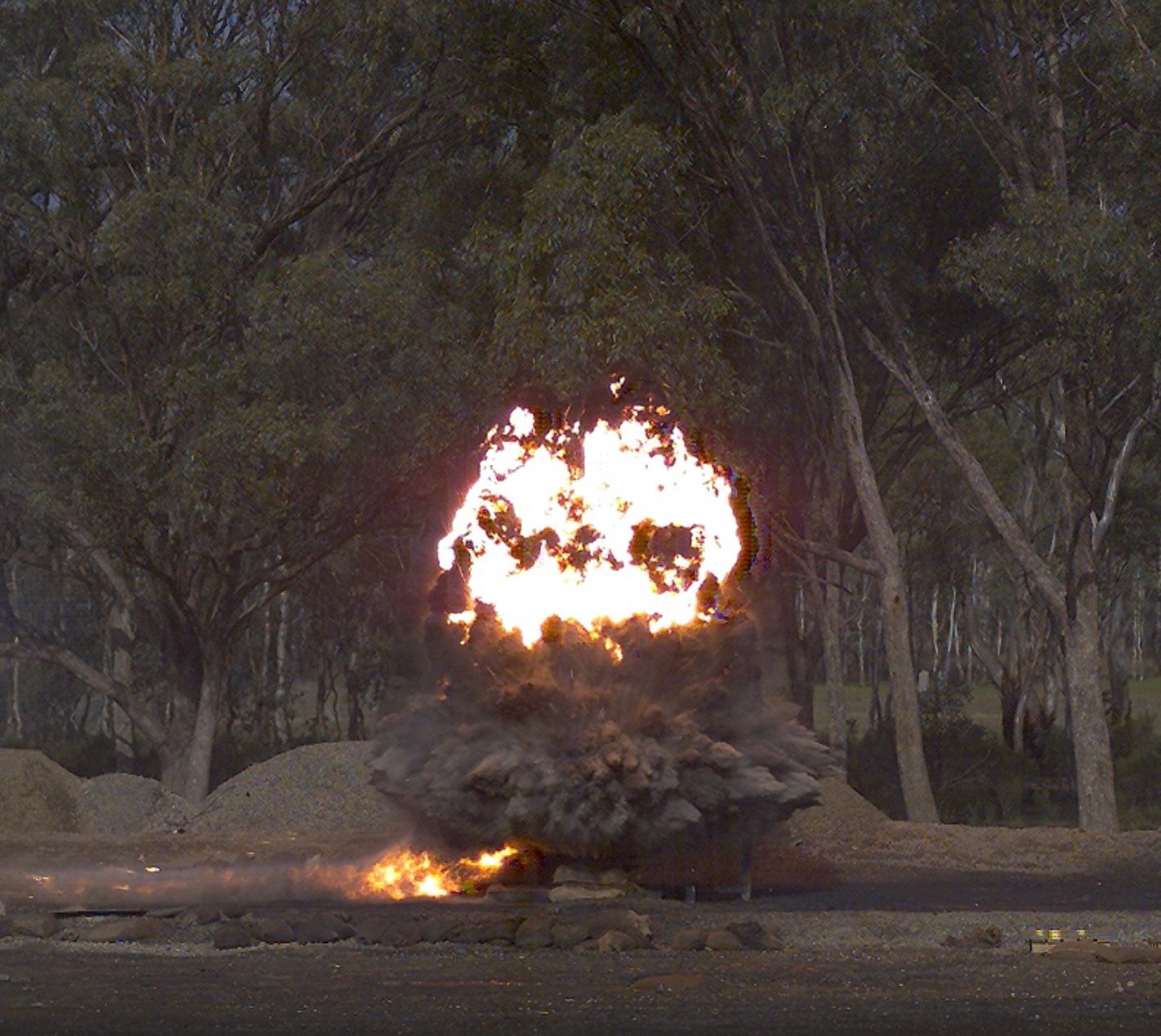What would you say if there was a physical symptom of post-traumatic stress disorder? A tangible aspect that can be understood and potentially treated which was linked to a physical event?
Current research has indicated that this may be true. The effects of shock induced mechanical loading resulting, in the form of cavitation bubble collapse, from blast events may cause damage to the brain with potential links to post-traumatic stress disorder and other neurodegenerative disorders.
It is known that high-energy implosion due to cavitation collapse is responsible for corrosion or surface damage in many mechanical devices. In this case, cavitation refers to the bubble created by pressure drop. The presence of a similar damage mechanism in biophysical systems has long being suspected but has not been explored. Those that have explored the event, investigated the roles of cavitation bubble location, shockwave intensity and the size of a cavitation bubble on the brain. Simulation results show that the localised supersonic water hammer created by an asymmetrical bubble collapse may cause localised brain damage.

But we believe that these phenomena might not be isolated to blast events. During recent terminal effect tests conducted at Proof and Experimental Establishment – Graytown (P&EE-GT), cavitation bubbles were observed to be created by the shockwave travelling well in front of small arms projectiles upon entry into ballistics gelatine, the closest representation to the body.
It is hypothesised that these cavitation bubbles are similar to shock induced cavitation bubbles from blast events and therefore may also be linked to post-traumatic stress disorder. We are proposing that Defence should investigate whether terminal effect cavitation bubbles could cause brain damage, specifically examining the following:
a. terminal effect induced cavitation bubbles formation
b. the behaviour and effects of the terminal effect shockwave in the body
c. the influence of the location and direction of the projectile impact on the formation and location of the cavitation bubbles.
Two objectives are sought:
a. Firstly, funding is sought to commence research into the effects of cavitation on the body resulting from small arms projectiles. This funding would sponsor a Research Leader and two PhD Candidates over five years. This research will use Computational Fluid Dynamic modelling to simulate the terminal effects, validated against full scale testing conducted at Proof and Experimental Establishment – Graytown. As a by-product to the research, Army will have a small arms lethality model that can be utilised to assess future small arms requirements and enhanced munitions designs.
b. Secondly, we aim to bring together a range of stakeholders together; seeking to partner with the Gallipoli Medical Research Foundation, the University of Tasmania, Australian Maritime College (cavitation expertise), University of Tasmania Menzies Institute for Medical Research and the blast investigators at the University of Texas. This partnership will utilise the research to examine the impact of shock on the brain; leading to the development of tools and techniques to monitor exposure during training and operations. These tools and techniques could be utilised in a range of scenarios.

It would be expected that the research and partnership would achieve the following objectives:
a. Understand the connection between small arms terminal effects, brain damage, post-traumatic stress disorder and other neurodegenerative disorders,
b. Understand and model the potential damage to the nervous system and the rest of the body systems by small arms terminal effect induced shock wave and cavitation bubbles
c. Develop and utilise a small arms terminal effects modelling and simulation tools to support a range of stakeholders including capability development decision makers
d. Support the development of additional treatment options for post-traumatic stress disorder to address the effects of the physical brain damage.
About the authors
MAJ Mathew Brooks is the Officer Commanding, P&EE GT where he thinks of novel ways to test and evaluate weapon systems, munitions, explosive ordnance and Defence Platforms. He holds a Bachelor of Arts (Information Technology/Geography) and multiple masters including Masters of Science (Information Technology), Masters of Systems Engineering and Masters of Engineering Science. His research interests lay with small arms lethality and he invests a considerable amount of time presenting on ballistics theory throughout Army.
Adjunct Associate Professor Steven Schmied is a Chartered Fellow of Engineers Australia, who is a recognised expert the fields of Computational Fluid Dynamics (CFD), Fluid Structure interactions and fluids experimentation. As a professor at the University of Tasmania, Steven supervises doctorate and masters candidates, and fourth year students, including those conducting research into Fluid Mechanics and SEA1000 Future Submarines. Steven has been a full time and reserve member of the Australian Army since 1992 and is current a Seaworthiness Advisor to the Chief of The Army for Army Watercraft (AWC) and Diving systems and a researcher with the Army History Unit. Steven is member of the Research Training Centre for Naval Design & Manufacturing (RTCNDM) an Australian Research Council (ARC) Industrial Transformation Training Centre (ITTC) for transforming the way that academia and industry collaborate and for improving the industry-relevance of the research and research training, and consists of three Universities, six maritime defence industries and Defence.

